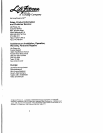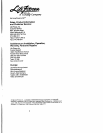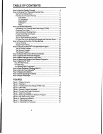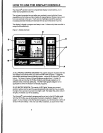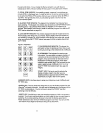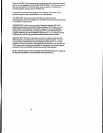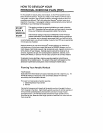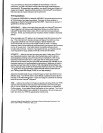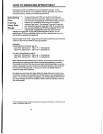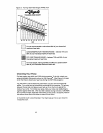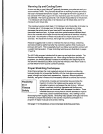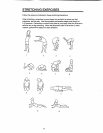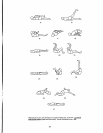
-
HOW TO DEVELOP YOUR
PERSONAL EXERCISE PLAN (PEP)
No two people are exactly alike, and therefore, no two Personalized Exercise
Plans should be identical. People vary widely in their health and fitness status.
Their goals, motivation, age, physical condition, exercise experience and time
constraints are different. That's why riding the Lifecycle$ aerobic trainer is an
ideal form of exercise. It is designed to deliver a computerized workout tailored
specifically to your individual training capacity.
START
WITH A
MEDICAL
'EXAM
This section provides the general guidelines you need to develop
your PEP. Remember that you are your own best coach, since ~
know your limitations and expectations better than anyone.
The American College of Sports and Medicine and the American
Medical Association have established medical screening guidelines
for exercise, and we strongly recommend that ifyou have not had a
recent physical exam, you should consider the start of our PEP as an appropriate
time to see your physician.
Medical clearance for use of the Lifecycle$ should definitely be obtained by
individuals over 45 who have a major risk factor for coronary disease, such as
heart disease, high blood pressure, high cholesterol levels, cigarette smoking or a
family history of heart disease. Medical clearance should be obtained by al
persons, regardless of age, with cardiorespiratory disorders, diabetes, bone
and/or joint disease, or persons who have any symptoms of coronary disease.
In general, anyone starting a vigorous exercise regimen should see a
physician for a medical exam. The extent of the exam will depend on the
physician's preliminary evaluation of the individual's health status.
Planning Your Aerobic Workout
YOUR GOALS:
Goals determine the direction and type of exercise plan that is right for you. An
individual wishing to reduce his or her risk of heart disease will train less
strenuously than a competitive athlete.
There are two major goals of aerobic exercise.
1. Cardiorespiratory improvement
2. Fat loss
Varying the frequency and intensity of the aerobic workout changes the focus
from one goal to the other. High intensity aerobic exercise for shorter periods of
time promotes cardiorespiratory improvement, and burns mostly muscle
glycogen as fuel. Low intensity aerobic exercise for longer periods of time
promotes fat loss, because these longer periods of exercise bum more calories
from stored fat.
11



